Given that sim-racing is very much inspired by motor racing, it’s only natural that the discipline we all love should have a wide range of setups. We have the most basic ones, with just a steering wheel and a cheap pedalboard, we have the top-of-the-range ones, with Direct Drive base, Load Cell or hydraulic pedalboard and motorized cockpit with D-Box, and we shouldn’t forget those in the middle.
I don’t need to tell you that a sim-racing setup must include a few essential peripherals, notably a base, steering wheel and pedals. You can also add a handbrake, a shifter, a curved screen and a cockpit/chassis. Not everyone can afford the latter, as chassis and cockpits are expensive pieces of sim-racing equipment, often very expensive if you start to specialize in a discipline like Formula 1.
Although many brands offer entry-level products, the cheapest cockpit can be had for an easy €600 or €700, and you’ll also need space to install the thing. But for riders who can’t afford to spend €700 on a cockpit, how do they go about completing their setup?
Broadly speaking, you have 2 options: either you use a table or desk as a “setup” where you put the base, with the pedalboard underneath, or you opt for what’s known as a steering wheel mount. And just in time, we’re going to look at that in more detail in this article.
What is a steering wheel support?
As the name suggests, a steering wheel mount is a product that holds a steering wheel, as well as other sim-racing peripherals, including a base and pedalboard, so you can have sim-racing sessions more or less anywhere in your home. It’s a perfect peripheral for console racers, since as you know, most Xbox or Playstation gamers have their little toy set up in the living room, plugged into a big screen. And for sim-racers, it’s the best way to get your sessions going, while keeping your times and not your bank accounts.
The best steering wheel brackets on the market.
It’s time to get to the heart of the matter, and I’m going to introduce you to some of the products available on the market.
The Next Level Racing Wheel Stand Lite
I don’t really need to introduce Next Level Racing. Next Level RacingThe brand is among the best in the chassis/cockpit segment. Offering many top-of-the-range products, Next Level Racing has nonetheless thought of beginner racers on a limited budget.
Introducing the Next Level Racing Wheel Stand Lite, an entry-level wheel stand. This stand is very basic in design, with a plate acting as a base for the whole structure, and a telescopic tubular bar to accommodate the bases/wheels.
The base is also designed to accommodate pedals, with several settings on the menu. As for the tubular bar, it’s foldable and will fit right through the middle of your legs. Some won’t mind, others will look elsewhere.
The base/steering wheel support is quite simple, with a plate that can accommodate many products from Logitech and Thrustmaster. The Wheel Stand Lite is clearly designed for use with belt/gear-driven bases, developing around 4 nm of torque. If you use a DD base, the whole stand will move, especially if the force feedback is abrupt.
The Wheel Stand Lite is a very simple stand, both in terms of construction and design, and will delight beginner riders who don’t have much of a budget for their setup. Costing around €130 – €140, it’s a product I’d recommend, but only in conjunction with bundles such as G29, G923, T248etc., anything that’s not too powerful in terms of force feedback.
The Wheel Stand Pro Deluxe V2
Let’s continue with the Wheel Stand Pro Deluxe V2, also a tubular steering wheel stand. To be honest, it looks a lot like the Next Level Racing product we’ve just seen, but that’s no problem at all.
The design of the Wheel Stand Pro Deluxe V2 marries black and silver, with rubber and fastening systems that are rather strange for the price category. The crankset is mounted directly onto the frame’s tubes, with a tongue acting as the attachment system for this peripheral. This tongue runs across the top of the crankset and has a screw system to secure it. Honestly, this isn’t a viable solution at all, and you’ll be limited by the cranksets compatible with the Wheel Stand Pro Deluxe V2 (preferably those with 2 pedals).
For the steering wheel, we have a tube with a plate on top to accommodate the bases. As for stability, I’ve had mixed experiences. It would be best to use this mount only with low-torque bases, such as the Logitech G29 and G920or Thrustmaster T300. Avoid Direct Drive bases or those with fairly abrupt force feedback.
In terms of price, the Wheel Stand Pro Deluxe V2 comes in at around €130 – €150 depending on the dealer, putting it in the same price category as Next Level Racing’s Wheel Stand Lite .
Ukiki steering wheel support
Let’s finish with an entry-level bracket from Ukiki. It’s a stand clearly aimed at satisfying the needs of amateur or weekend riders, offering a rather solid structure, good supports for chainstays and cranksets, and priced at no more than €120 most often on online merchants.
So, in terms of structure, we’re dealing with a tubular frame with plate-like supports for the chainstays, pedals and also a shifter/handbrake. The chainstay support is not straight, but has a rather good angle, directed towards the rider. The bottom bracket is adjustable, as is the chainstay support, which is also telescopic. A big plus for the Ukiki is that it also features a gearshift or handbrake holder that can be installed on the left or right.
As for peripherals, the Ukiki bracket can accommodate a Direct Drive chainstay, and virtually any pedal and shifter/handbrake. However, I’d advise you to stick to low-torque DD chainstays, such as the CSL DD and Moza Racing R5. If you take a more powerful chainstay, it’s bound to start wobbling.
For the price (in the €120 range), I find the Ukiki to be a superb shuttlecock stand, perfect for beginners and amateurs alike. Its biggest flaw, in my opinion, is the lack of clarity in the assembly manual. But otherwise, it ticks just about all the boxes for an excellent product, and at a bargain price too.
How do I choose a steering wheel support?
- Sim-racing configurations. First of all, you need to know that steering wheel brackets are mainly designed to accommodate simple sim-racing configurations, with low-torque bases. If you have a large DD base, these brackets should be avoided, as they will pitch badly under the effect of force feedback.
- Budget. This point is just as important, because it’s the budget that will determine your entire setup. Steering wheel mounts cost between €100 and €150, which isn’t much for sim-racing. So, for around €400, you’ll be able to afford a Logitech G29/G920 bundle and a steering wheel mount, and you won’t have to worry about a thing.
- Needs. If these products exist, it’s because there’s a need they’re trying to cover. If, for example, you have a beginner’s setup and you’re short of space in your home, a steering wheel mount is worth considering, especially if you don’t have a table or desk to substitute for it. You also have the needs of riders who are mobile, and a cockpit won’t be at all practical in such a situation because it’s too bulky, impossible to move without dismantling it and, above all, too heavy.
- The design. Not all steering wheel racks are the same, even if they look very similar. Some racks have a fixed structure, others are foldable. Your choice will also depend on the design, as fixed structures, like the Ukiki, are much more rigid than folding ones, allowing you to install low-power Direct Drive bases.

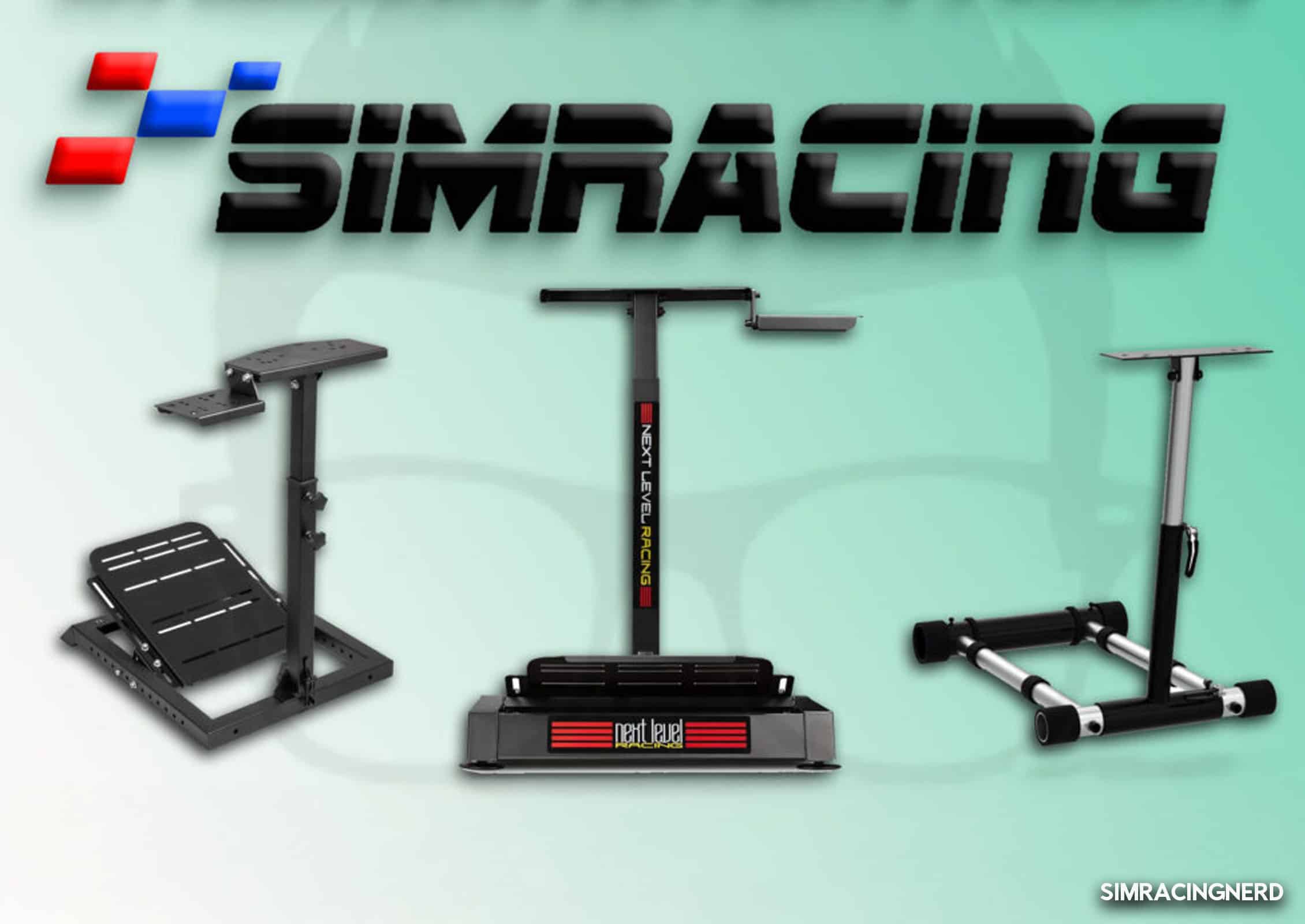
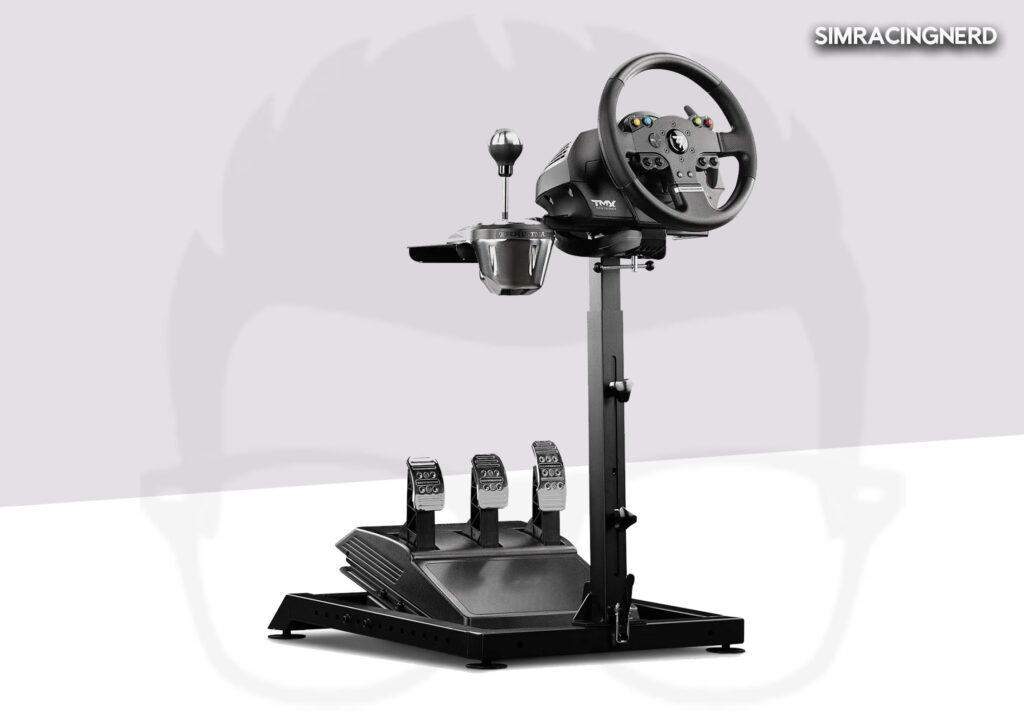
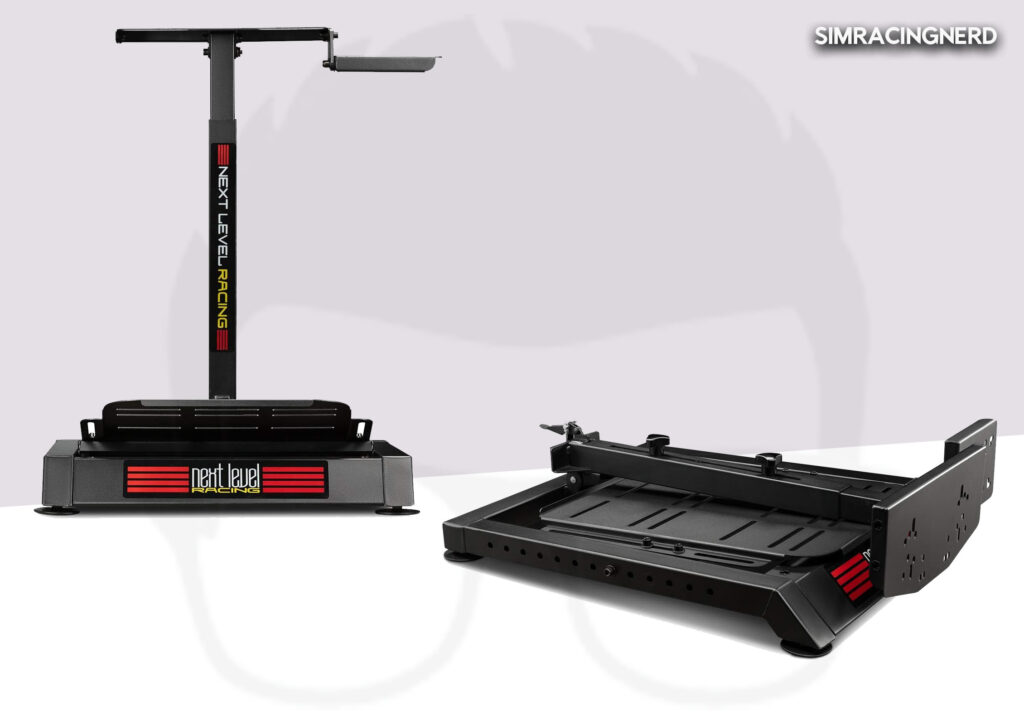
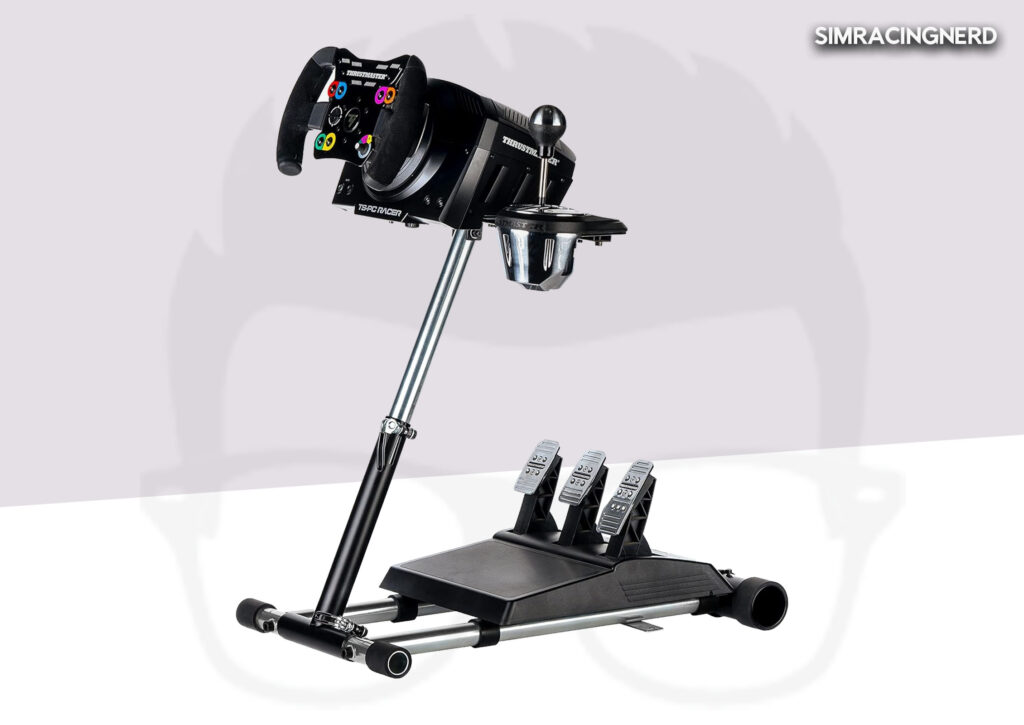
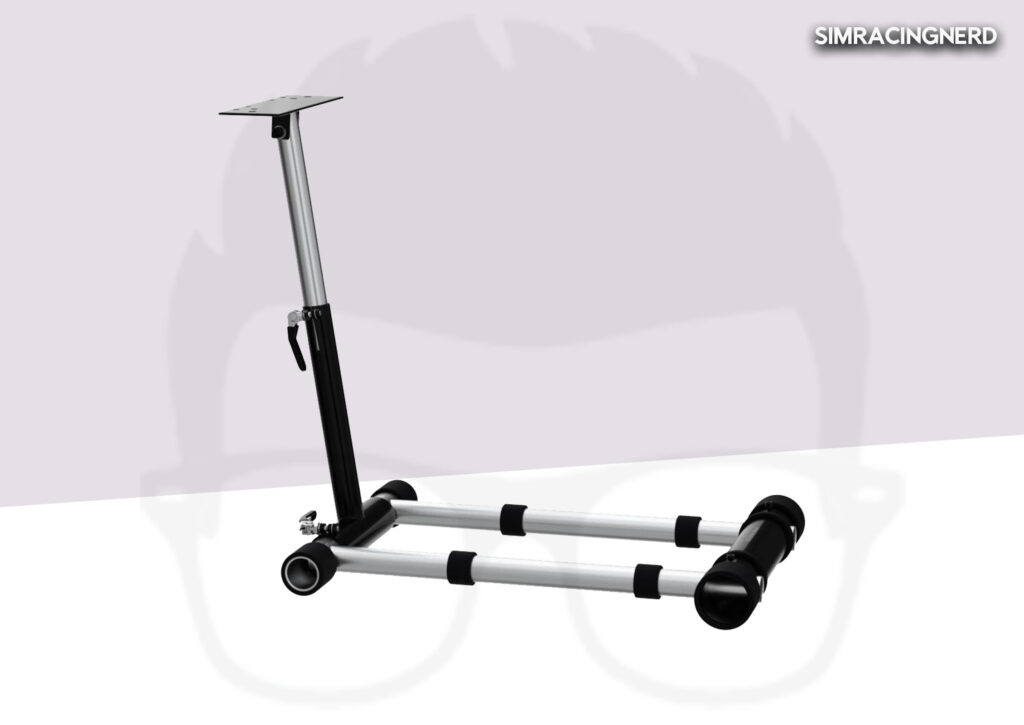
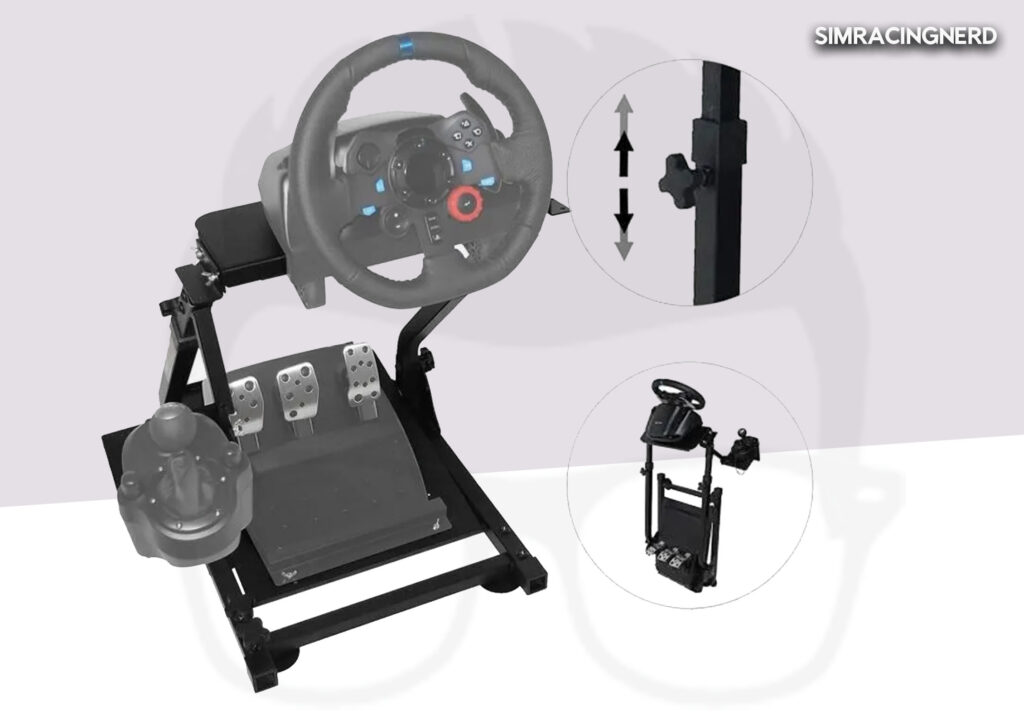
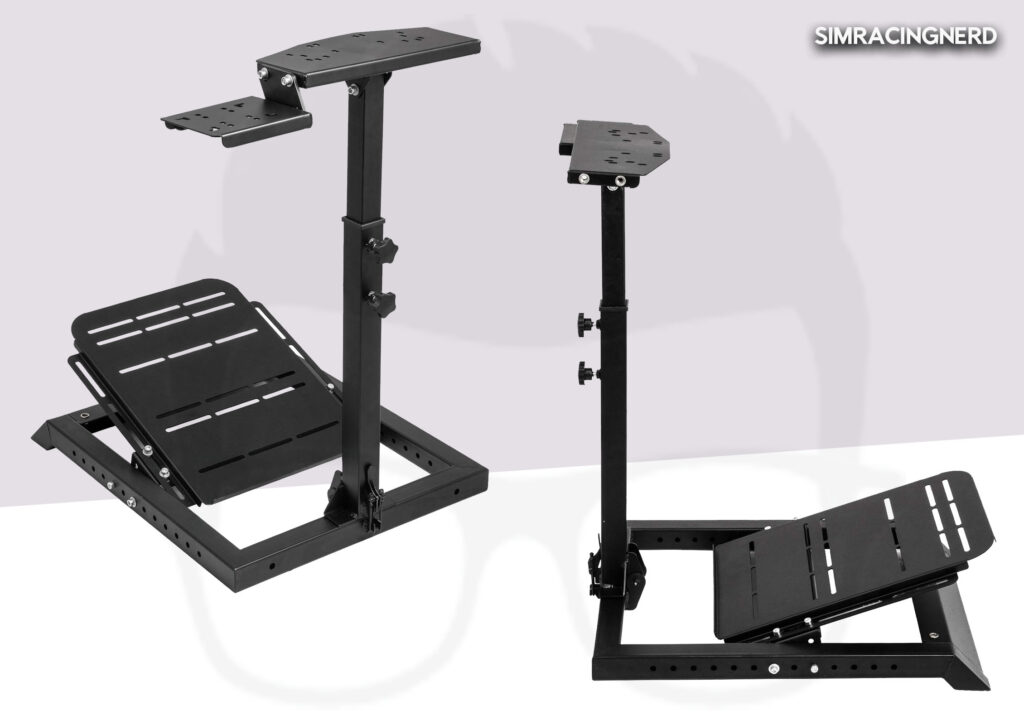
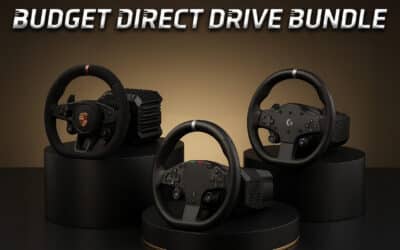
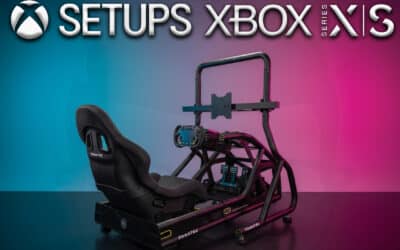

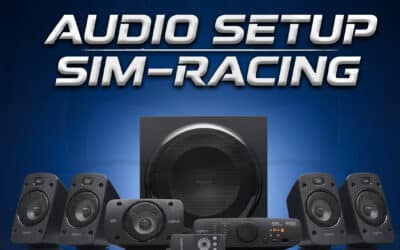

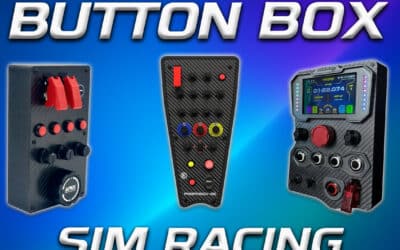
0 Comments